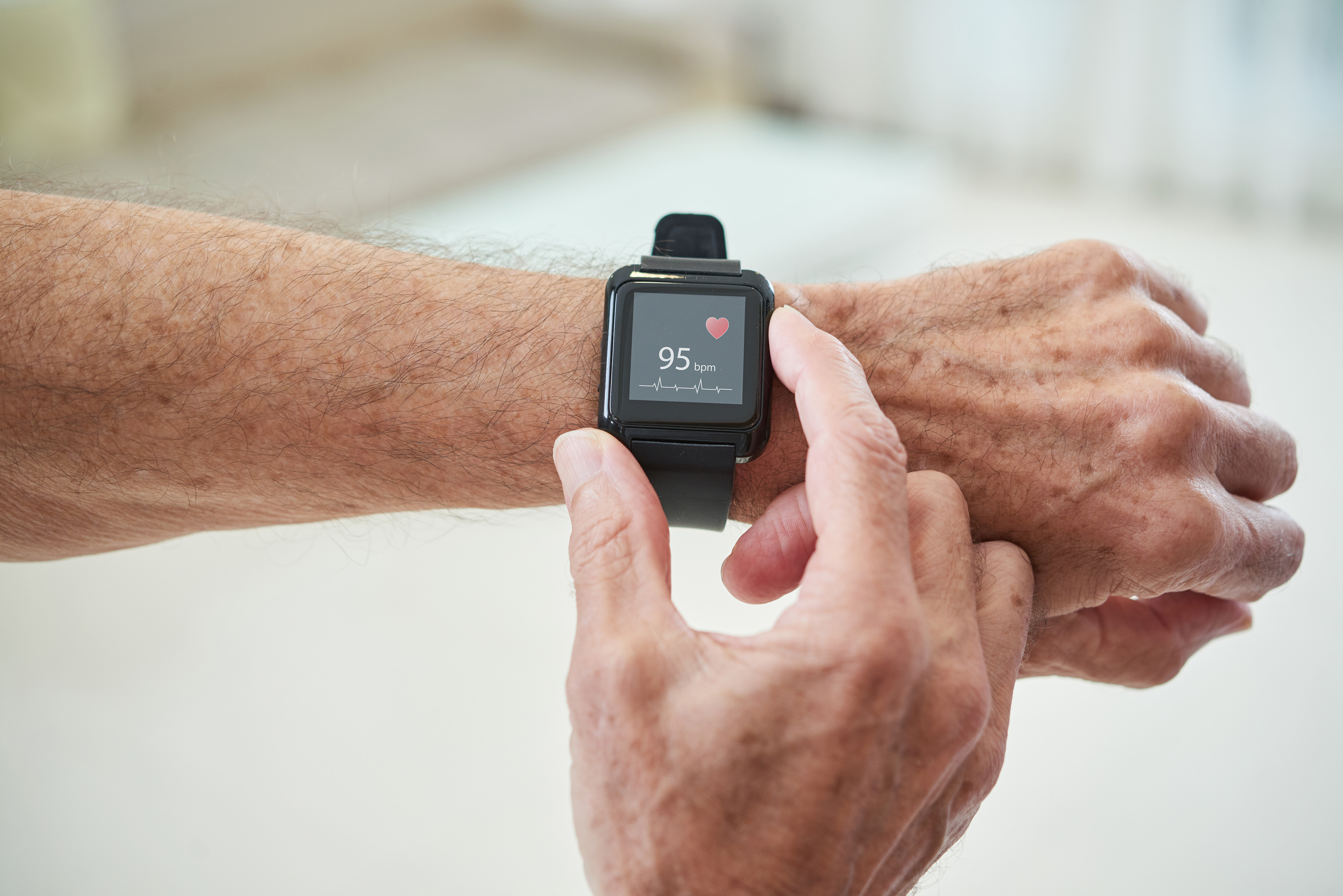August is Medic Alert Awareness Month, bringing attention to the simple devices that have helped save countless lives since the bracelets were created in the 1950s. If you or a loved one have a medical condition that caregivers would need to know about in an emergency, such as a drug or food allergy, diabetes, etc., then you are likely familiar with the bracelets and other alerts. You probably also know that wearable health devices, including monitored emergency devices that can summon help on the wearer’s behalf, can be a godsend in life-threatening situations.
Personal Emergency Response Systems Save Lives
Anyone who was around in the 1980s likely remembers the phrase, “I’ve fallen, and I can’t get up!”, which was a key message in an ad campaign for some of the earliest emergency alert systems for seniors. Although the phrase itself has been the punchline to many jokes over the years, the service that these wearable devices provide is no laughing matter. When seniors are home alone and can’t get help in emergencies, monitored alert systems – often called personal emergency response systems (PERS) – can be the difference between life and death.
With falls being the leading cause of serious injury among older adults in the U.S.[1], it’s not surprising that these accidents account for almost half of PERS activations.[2] However, monitored devices have helped seniors communicate in all kinds of emergencies – all without requiring that they reach the phone, recall phone numbers or shout loudly enough to alert neighbors or passersby.
New Options Available
So why doesn't every older adult use one? Some of the most common reasons cited for not wearing them include:
- The devices are bulky and unattractive
- Wearing the devices is embarrassing and would make wearers feel old
- Don’t think they will ever need to use it
- Don’t want to pay for it
- It’s too easy to accidentally trigger a false alarm
- Would have to remember to put it on every day
- The devices are too difficult to use
While these concerns may have merit, PERS devices have come a long way. Instead of ugly, oversized pendants, they are now available as smaller necklaces and attractive wrist wear and, depending on the brand, don’t stand out as obvious emergency response systems.
In addition, like any kind of insurance, you hope you never have to use it. However, should you ever have to, it will prove invaluable. And, unfortunately, the chances are good that you, along with millions of other aging adults, will need emergency assistance at some point. So it’s best to be prepared.
Finally, there any many options now on the market, so you don’t always have to manually trigger an alarm. Instead, many now include sensors that monitor activity levels and other data and can alert automatically when there’s cause for concern. Some can be set up to contact loved ones, even allowing two-way communications, so an accidental triggering could simply result in a chat with the grandkids.
If you’re still opposed to the traditional monitored system, you may want to consider a smart watch, like an Apple Watch, with apps that can monitor your health, detect falls and request help on your behalf. Smart watches, as well as personal assistant devices like Amazon’s Echo, can be set up to respond to voice commands, so if you were able to communicate, you could at least call for help.
Maintain Your Independence Longer
Although a monitored emergency response system is the most reliable option in an emergency, some kind of plan is better than no plan at all. But before you decide, shop around and learn about the options and the costs. And talk to your loved ones; they will definitely be grateful to gain some peace of mind about your health and well-being.
Most importantly, by being prepared, you can maintain independence longer. And if the unthinkable should happen, getting help quickly is the best way to ensure that you maintain your best health possible.
[1] Keep on Your Feet—Preventing Older Adult Falls; Centers for Disease Control and Prevention; https://www.cdc.gov/injury/features/older-adult-falls/index.html
[2] Agboola, S., Golas, S., Fischer, N., Nikolova-Simons, M., Op den Buijs, J., Schertzer, L., Kvedar, J., & Jethwani, K. (2017). Healthcare utilization in older patients using personal emergency response systems: an analysis of electronic health records and medical alert data; https://www.ncbi.nlm.nih.gov/pmc/articles/PMC5395921/
S7694_21-6535_enewsletter 2021_C Reviewed 08/13/21
Elixir Insurance is a Prescription Drug Plan with a Medicare contract. Enrollment in Elixir Insurance depends on contract renewal. For more information, please call our customer service number at 866-250-2005. TTY users call 711. We are available 24 hours a day, 7 days a week. ATTENTION: If you speak Spanish, language assistance services, free of charge, are available to you. Call 866-250-2005 (TTY: 711). ATENCIÓN: si habla Español, los servicios de asistencia lingüística, sin cargo, están disponibles para usted. Llamada 866-250-2005 (TTY: 711).
Elixir Insurance, 2181 East Aurora Road, Suite 201, Twinsburg, OH 44087, United States


